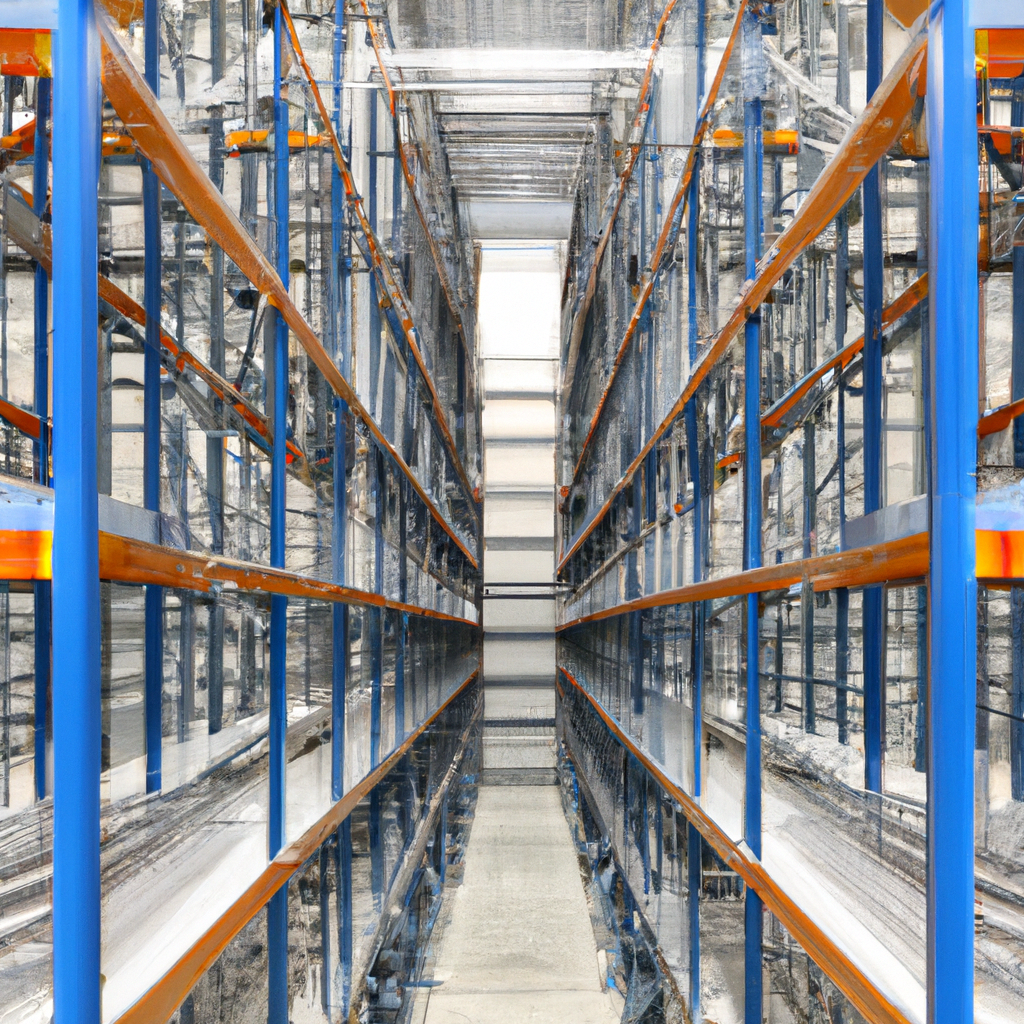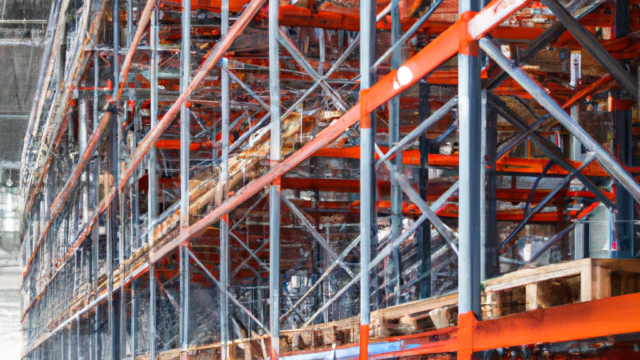Imagine a bustling warehouse where products are strewn across the floor, boxes stacked haphazardly, and items difficult to locate. This chaotic scene paints a grim picture of inefficiency and lost productivity. However, there’s a solution that transforms this chaos into a harmonious order – warehouse shelving systems. These unsung heroes of warehouse management are responsible for optimizing storage space, streamlining operations, and ultimately, enhancing profitability. In this article, we’ll delve into the world of warehouse shelving systems, exploring their types, benefits, challenges, and future trends.

Understanding Warehouse Shelving Systems
Warehouse shelving systems come in various shapes and sizes, each tailored to specific storage needs. Boltless shelving offers ease of assembly, making it perfect for quick storage solutions. Pallet racking, on the other hand, is ideal for storing large quantities of goods on pallets, maximizing vertical space. Cantilever racking suits longer items like pipes and timber, while wire shelving ensures excellent visibility and ventilation for stored items.
Factors to Consider When Choosing Warehouse Shelving Systems
Selecting the right shelving system involves careful consideration of several factors. The available space and layout of your warehouse dictate the type of shelving that can be installed. Additionally, the nature of the items to be stored – their size, weight, and fragility – influences the choice of shelving material and configuration. Accessibility and organization are also critical, ensuring that items can be retrieved efficiently. Of course, budget constraints play a role too, but balancing cost with functionality is key.
Benefits of Well-Designed Warehouse Shelving Systems
Investing in well-designed warehouse shelving systems offers a multitude of benefits. By utilizing vertical space, these systems increase storage capacity significantly. Furthermore, they facilitate better organization and inventory management, enabling quick and accurate item retrieval. With optimized space utilization, warehouses can accommodate more products without expanding physical space. As a result, workflow efficiency is improved, leading to faster order fulfillment and reduced downtime.
Installation and Maintenance of Warehouse Shelving Systems
Professional installation of warehouse shelving systems is paramount. This ensures that the systems are assembled correctly, guaranteeing their stability and load-bearing capacity. Regular maintenance practices, such as checking for loose bolts and inspecting for signs of wear, prolong the lifespan of the shelving. Safety is a critical concern, and adherence to safety guidelines and standards is non-negotiable to prevent accidents.
Incorporating Technology in Warehouse Shelving
Modern warehouse management embraces technology, and shelving systems are no exception. Automated retrieval systems minimize the need for manual labor in locating items. RFID tracking enables real-time inventory management, reducing instances of stockouts or overstocking. Digital monitoring provides instant updates on shelving conditions, helping maintenance teams stay proactive.
Case Studies: Successful Implementation of Warehouse Shelving Systems
Company A, a distributor of electronic components, doubled their storage capacity by adopting pallet racking. This allowed them to stock more products without expanding their warehouse. Company B, dealing in construction materials, streamlined their operations using cantilever racking, making it easy to access long and bulky items. These case studies exemplify how tailored shelving solutions can bring remarkable improvements.
Future Trends in Warehouse Shelving Systems
The future holds exciting possibilities for warehouse shelving systems. Artificial Intelligence and machine learning might guide shelving decisions based on historical data and trends. Sustainable shelving solutions could incorporate eco-friendly materials and energy-efficient designs. Customization driven by data analytics might become the norm, ensuring that shelving adapts to changing product demands.
Challenges and Solutions in Warehouse Shelving
Warehouse shelving systems aren’t without challenges. Dealing with heavy loads requires robust shelving materials and careful weight distribution. Safety concerns necessitate regular inspections and staff training. Adapting shelving to accommodate a diverse range of products requires flexibility in design and configuration. Solutions involve choosing the right shelving for specific items, ensuring proper installation, and maintaining safety protocols.
Conclusion
Warehouse shelving systems are the unsung heroes of efficient storage and streamlined operations. They are the magic wands that transform chaos into order, maximizing space, improving organization, and enhancing workflow. Choosing the right shelving system involves understanding your warehouse’s unique needs and selecting a solution that aligns with your objectives. As technology continues to evolve, shelving systems will evolve too, becoming smarter, more sustainable, and even more adaptable. So, the next time you step into a well-organized warehouse, remember the role that shelving systems play in creating that order from the chaos.
